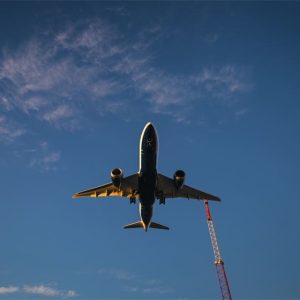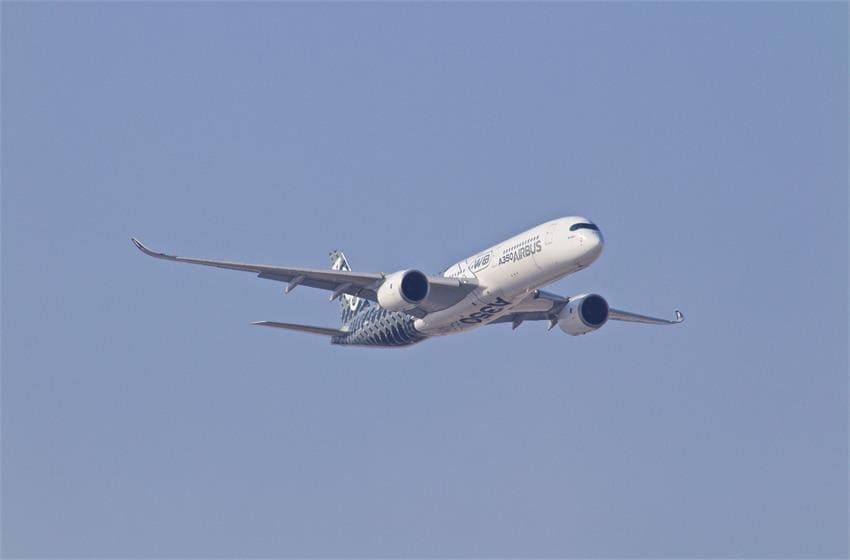
The two brothers, Wilbur and Orville Wright, invented the aircraft industry in 1903. They engineered and built the Wright Flyer — the first plane ever by man. Although a tremendous milestone in the airliner industry, the Wright Flyer only flew 120 feet in 12 seconds. This first plane only had 604 pounds of empty weight and 745.2 pounds of take-off weight. The ingenuity revolutionized airplane manufacturing, leading to more sophisticated and powerful planes.
Today, we have heftier and more robust planes that can cover thousands of miles. Aviation data statistics show that the average American has roughly 208-lifetime flight rides. One question flight maniacs, potential pilots, and technical zealots often ask is, “How much does a plane weigh?” The plane weight depends on a variety of factors.
Weight Type and Examples
Planes have two measurable weights: maximum take-off and empty operating weight. The weight type impacts the performance and fuel consumption. More take-off weight translates to more fuel consumption.
- Empty Operating Weight
The weight of a plane without any fuel, passengers, cargo, pilots, or oils is known as its empty operating weight. This weight covers the structure and body of the aircraft and varies depending on the type of plane. For example, the small-engine airplane Cessna 272 has an empty operating weight that ranges between 2,000 and 2,500 pounds. On the other hand, the Boeing 747 and Airbus A320 are two of the largest and heaviest passenger aircraft, with an established empty operating weight of 90,000 pounds.
- Maximum Take-Off Weight
The maximum plane take-off weight covers the certified weight by the take-off time. It is the combined weight of the empty operating weight, cargo, passenger, pilot, and fuel. It depends on the airliner variant and size, passenger & cargo capacity, and fuel take size. Lighter planes, including the Piper PA-28 Cherokee and Cessna 172, have a maximum MTOW that barely even scratches the 2,500 pounds. On the other hand, the maximum take-off weight of freight planes is high at over 1,300,000 for the heaviest aircraft variants.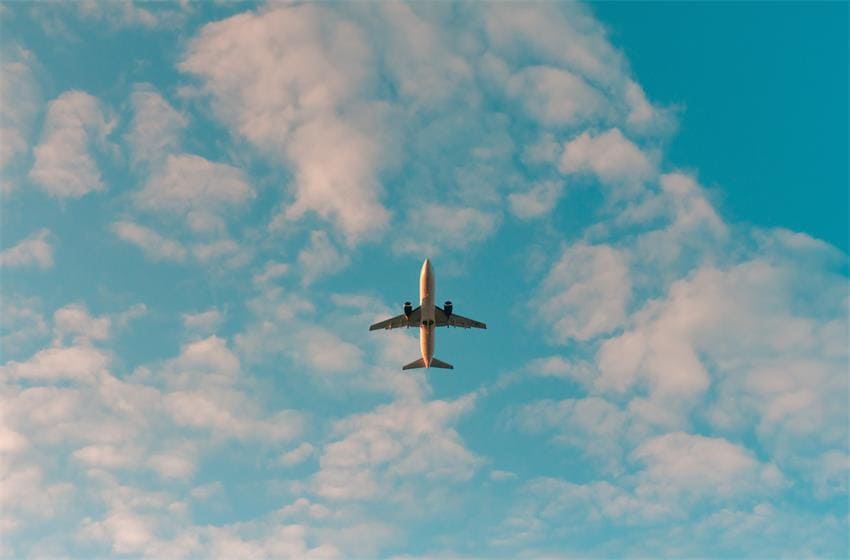
Types of Planes and Examples
The weight of a plane depends on many factors, including engine configuration, fuel capacity, materials used, and design. Constructing bigger planes requires more materials, which ultimately increases empty operating and maximum take-off weights. Single-engine planes weigh less than multi-engine planes. The following are common plane types and their respective weights.
Light Aircraft
Light aircraft are small, single-engine planes perfect for recreational and personal use. Some small-scale commercial planes fall under this category. The light airliner MTOW does not exceed 12,500 pounds.
Light aircraft also include single-engine piston variants. These are planes used in aircraft training and private transportation. The Piper PA-28 is the best example. It comes in many variants with unique weights and sizes. The Piper PA-28-161 Warrior II is a key variant, with a 2,440-pound take-off and 2,430-pound empty weight. Another popular variant is the Piper-28-181 Archer II/III/IV. This single-engine plane has a 1,400-pound empty weight and a 2,550-pound MTOW.
Light twin-engine aircraft are slightly larger, with more redundancy and performance. The Beechcraft Baron 58 is an excellent light-twin engine plane. Its vacant weight differs between 3,400 and 3,500 pounds. As for its utmost take-off weight, it is close to 5,400 pounds.
The ultralight plane constitutes lightweight and undersized planes for recreational use. The CGS Hawk is a perfect example and weighs 250 to 350 pounds when empty. Another example under this category is the Flightstar, a fixed-wing, single-seat ultralight plane weighing 250-400 pounds when empty.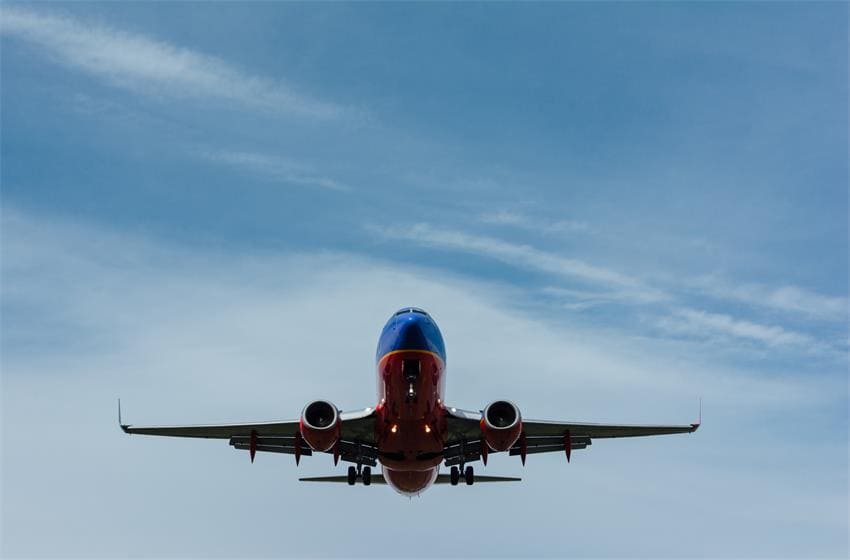
Turboprops
Another popular flight category is the turboprops, combining propellers and jet engine technology. They are highly efficient and reliable planes for shorter flights and runway destinations. Turboprops are perfect for cargo shipment, regional, and charter flights. Popular turboprops include Pilatus C-12, Beechcraft King Air, and Cessna Caravan.
The Beechcraft King Air is an adaptable airline with ample cabin space. Primary uses are administrative carrier and air ambulance services. The King Air 90 Series unoccupied weight varies from 6,000 to 7,000 pounds. However, its empty cargo and passenger weight does not exceed 11,000 pounds. Another popular turboprop is the King Air 200 series. This aircraft has a 13,000-pound maximum MTOW and a 9,000-pound maximum empty weight.
Private Jets
Private jets are another prevalent category of planes. Private jets are sleek planes with more luxurious interiors than turboprop and light planes. Their unique designs, high speeds, and excellent performance best suit corporate and charter applications. If you are on a budget and want a private jet, the light jet variants are a sure bet. A private jet is good for families and corporate events, accommodating 6 to 8 passengers.
One top-notch recommendation is the Phenom variants 100 and 300. The 100 variant is the smaller and cheaper alternative, weighing not more than 8,500 pounds when empty and around 10,800 pounds when taking off. The 300 Phenom variant is bigger and more spacious, with a maximum empty operating weight between 13,800 and 18,000 pounds.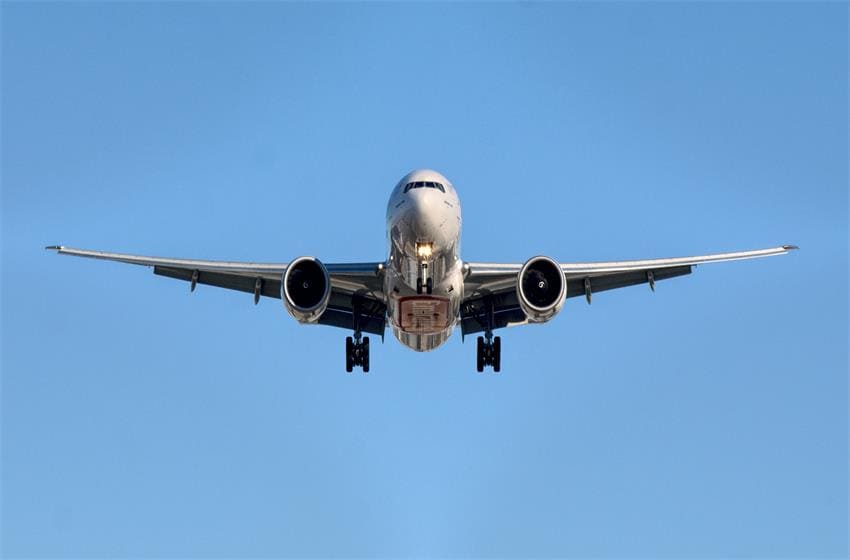
Do you have a higher budget and want a larger jet? A midsize private jet with a 7-9 passenger capacity is the perfect investment. Their maximum empty operating weight doesn’t exceed 15,000 pounds. The highest MTOW of these jets is usually 23,750 pounds.
Super midsize jets are bigger variants, with 8 to 10-passenger capacity. The Gulfstream G200 is a prevalent super-midsize jet. It has a 40,000-pound take-off weight and a 25,000-pound empty weight.
Do you run a bigger air charter business or have more employees? Consider heavy jets accommodating 10-16 passengers. One top recommendation is the Gulfstream G650. It has a max empty operating weight of 58,000 pounds and an MTOW of 104,000 pounds.
Commercial Airliners
Bigger, heavier, and more powerful planes fall under this category. They are built with passenger and freight holding capacities. These planes have larger fuel tanks and pilgrimages across countries across the globe. Commercial airplanes adhere to stringent regulatory and safety measures. Many flights transversing international boundaries fall into this category. Some planes’ weight by point of take-off exceeds 800,000 pounds.
The huge body sizes, heavy technology, and more fuel capacities heighten the weight of commercial planes. Expect superior navigation technologies and larger fuel tanks. Other technologies adding to the commercial flight weight are bigger avionics and fly-by-wire systems.
We have many gigantic commercial passenger planes nowadays, but the Airbus A380 remains the biggest operative passenger airplane. The plane transverses international boundaries, transporting as many as 850 passengers. Its gigantic empty weight ranges from 1,200,000 to 1,360,000 pounds. When fully loaded and ready for take-off, the Airbus A380 weighs over 2,770,000 pounds.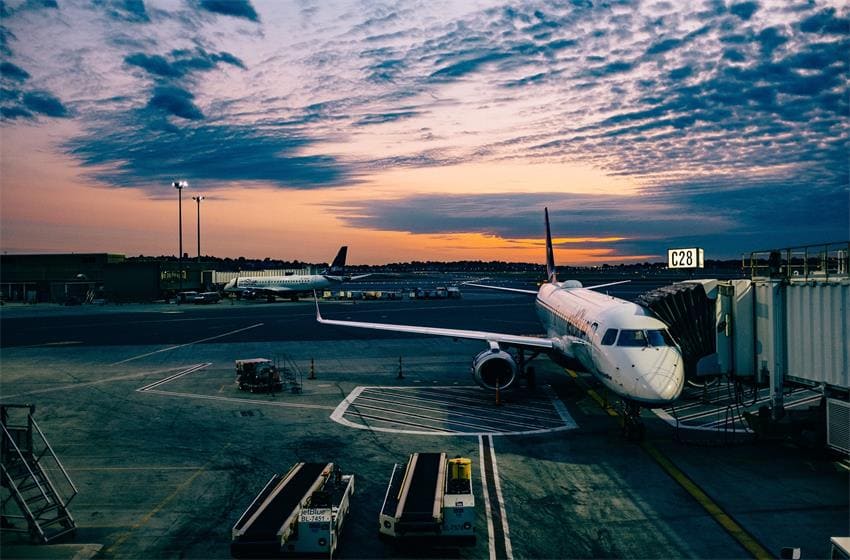
Many international airways operators have one or more Boeing 787 Dreamliners. This globally recognized commercial plane packs the latest technologies with advanced systems for optimizing fuel efficiency. The Boeing 787 transports around 242 to 330 passengers. Its weight, when empty, does not exceed 330,000 pounds. However, the weight by take-off point ranges from 502,500 to 560,000 pounds.
Wrapping Up
Aircraft weight is an integral part of a plane that, if unchecked, increases the risk of accidents. Plane weights vary significantly based on the type of plane and the cargo and passenger capacity. Aircraft for commercial use have bigger fuel tanks and can transport more cargo and passengers. The maximum take-off weight of commercial airplanes is higher. Smaller planes have smaller tanks and bodies, resulting in lower weights. Today’s article offered deeper insights into flight weight, featuring several examples.


